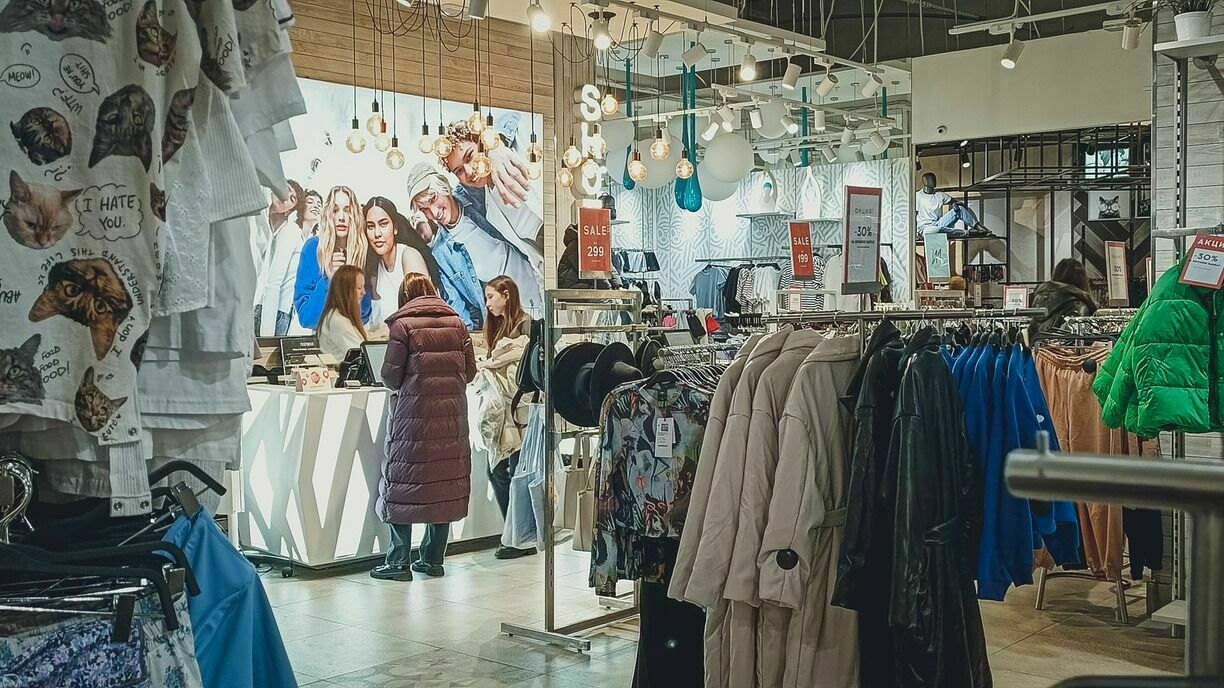Posted 14 апреля 2023, 05:54
Published 14 апреля 2023, 05:54
Modified 14 апреля 2023, 08:12
Updated 14 апреля 2023, 08:12

Figure of the day: 17% of citizens do not have enough money for food and clothes
Data from the Center for Research on Civil Society and the Non-Profit Sector of the Higher School of Economics showed that last year every sixth resident of Russia - 17% - lacked money to buy food or clothing and shoes. According to the survey, 4% of respondents admitted that they do not have enough money for food, and 13% cannot afford to buy new clothes or shoes.
However, the survey data also indicate positive dynamics in comparison with previous years. In 2019, almost twice as many people - 7% - complained about the lack of money for food, using the same research methodology. At the same time, the share of people who did not have enough for clothes and shoes was 16%.
Mostly, elderly Russians have a difficult financial situation. 27% of them told about the lack of money for food, clothes and shoes.
10% of respondents answered that almost the entire family budget goes to the purchase of groceries. Another 15% spend about 2/3 of their income on food. In 2021, the figures were higher and amounted to 11% and 20%. These data indicate an increase in the welfare of citizens, although this growth is not too fast, as Lyudmila Ivanova-Shvets, associate professor of the Department of Human Resource Management at Plekhanov Russian University of Economics, said in an interview with Izvestia. She also noted that the high level of food costs is specific to Russia. The structure of expenses in Russia, Europe and the United States is significantly different: in the Russian Federation, many have their own apartments, transport is inexpensive, and in other countries two-thirds of expenses are rent and utilities, but the cost of food there is much less.
Irina Mersiyanova, Director of the Center, said that even among those Russian citizens who have significant difficulties with buying food, one in three shows charity by making monetary donations. Basically, such people donate their savings to others who are in a difficult life situation. This information is based on other studies conducted by the center.
Nikolay Kulbaka, associate professor at the Institute of Social Sciences of the RANEPA, pointed out that the state program of assistance to the poor, large families and other vulnerable groups has been strengthened. But in recent years, significant shocks have occurred in Russia, such as a pandemic and a special operation, which may affect the data of opinion polls. Some people may refuse to answer questions, so you should treat this data with caution. Nikolay Kulbaka believes that the data obtained confirm the stratification and polarization in society. For example, the share of those who cannot afford to buy a car has increased from 20% in 2019 to 25% in 2022, and the share of those who can buy real estate slightly exceeds the level of statistical error.
Natalia Zubarevich, a professor at Moscow State University and chief researcher at the HSE Institute for Social Policy, stressed that the conclusions about the reduction in the number of poor are "close to reality." According to Nikolai Kulbaki, not only the share of the poor is decreasing, but also the share of the middle class, which the state supports to a lesser extent.
According to Rosstat, by the end of 2022, the share of Russians whose incomes are below the poverty line was 10.5% of the population. The indicator is called the minimum in recent years. Previously, the lowest figure was recorded in 2012 - 10.7%. In 2022, the basic poverty line was marked at the level of 13,545 rubles. In 2021, there were 16 million Russians living below the poverty line. In December last year, it was reported that 28.9 million or 19.9% of citizens spent on food, other goods and services less than the average annual poverty line. Domestic consumers are tightening their belts more and more against the background of the fall in real disposable incomes, which in the third quarter accelerated fourfold - from 0.8% to 3.2%.